How to Give Perineal Care
Perineal Care is care you give to a patient's private areas. This care varies depending on the patient's gender. You should give this care, and possibly a bed bath, at least once a day and even more so if they are incontinent. These areas are prone to infection if not kept clean so this part of care should not be missed.
Always be gentle when giving this care especially if the patient has a foley catheter. These areas are very sensitive for both males and females.
Supplies Leaves Female Male Catheter Anal Male caregivers Pin
Supplies
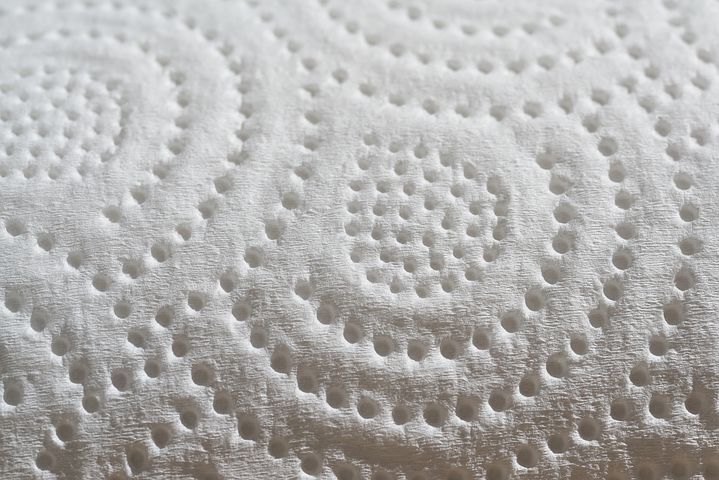
There are a few different things you can use to give perineal care. Baby wipes or wet washcloths are what I normally use. Have plenty of them and change the areas on the wipe/washrag with each wipe so you are always using a clean area.
If you use washcloths, you should wet them with warm water at about 110 degrees F. If you don't have a thermometer, just make your best estimate. It is a good idea to let your patient feel the washcloth with their hand to make sure it is at a comfortable temperature. If it isn't, adjust accordingly.
You should make sure you have a dry one as well so you can pat them dry. You do not want to leave moisture in these areas. That just makes them more accessible to bacteria and bed sores.
The Leaves Method
I learned a way to fold a washcloth in order to have multiple clean surfaces called the leaves method. If done correctly, it allows five different surfaces to be used with one cloth. This method not only allows for a clean surface for each wipe, it also saves you from using excess cloths.
First, you fold a regular square washcloth in half, and then in half again so you have a smaller square cloth. Then you hold it in your hand in a diamond shape with the four loose corners pointing upwards.
Now you can use the exposed surface of the washcloth to wipe the first area. Then fold the first corner down to reveal the second surface to wipe with. Keep folding each corner until you get to the back of the washcloth, which is the fifth surface to wipe with.
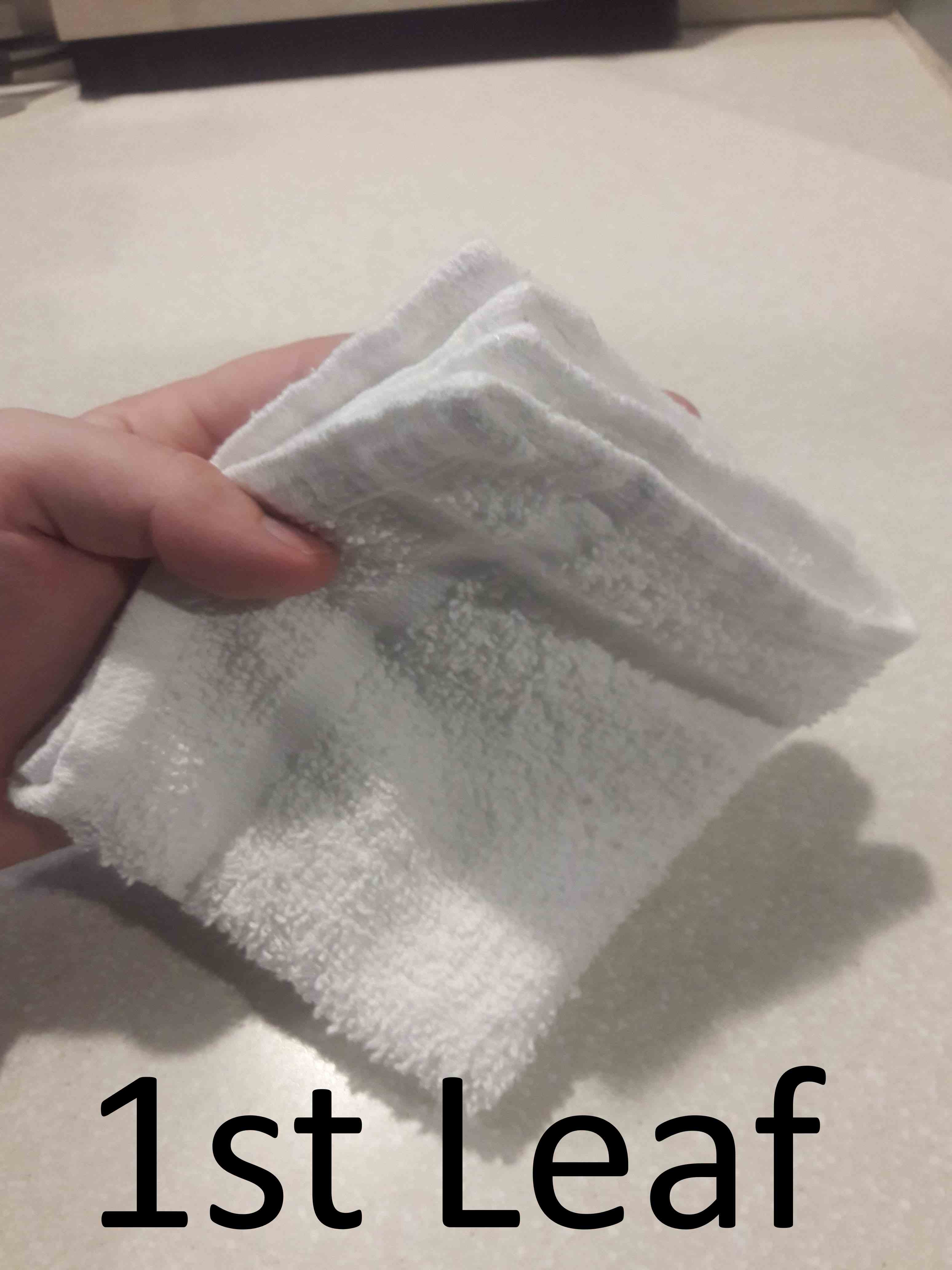
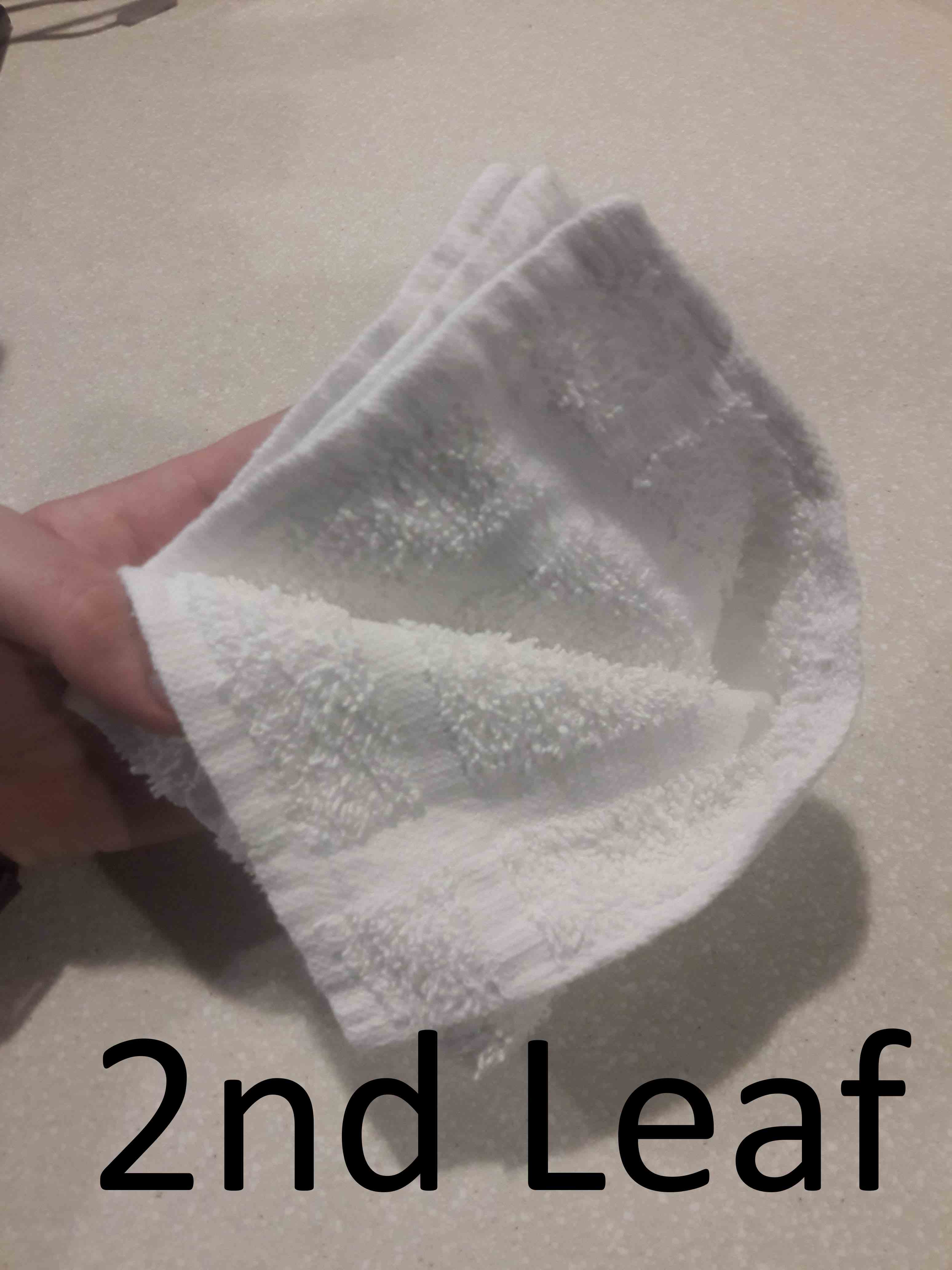
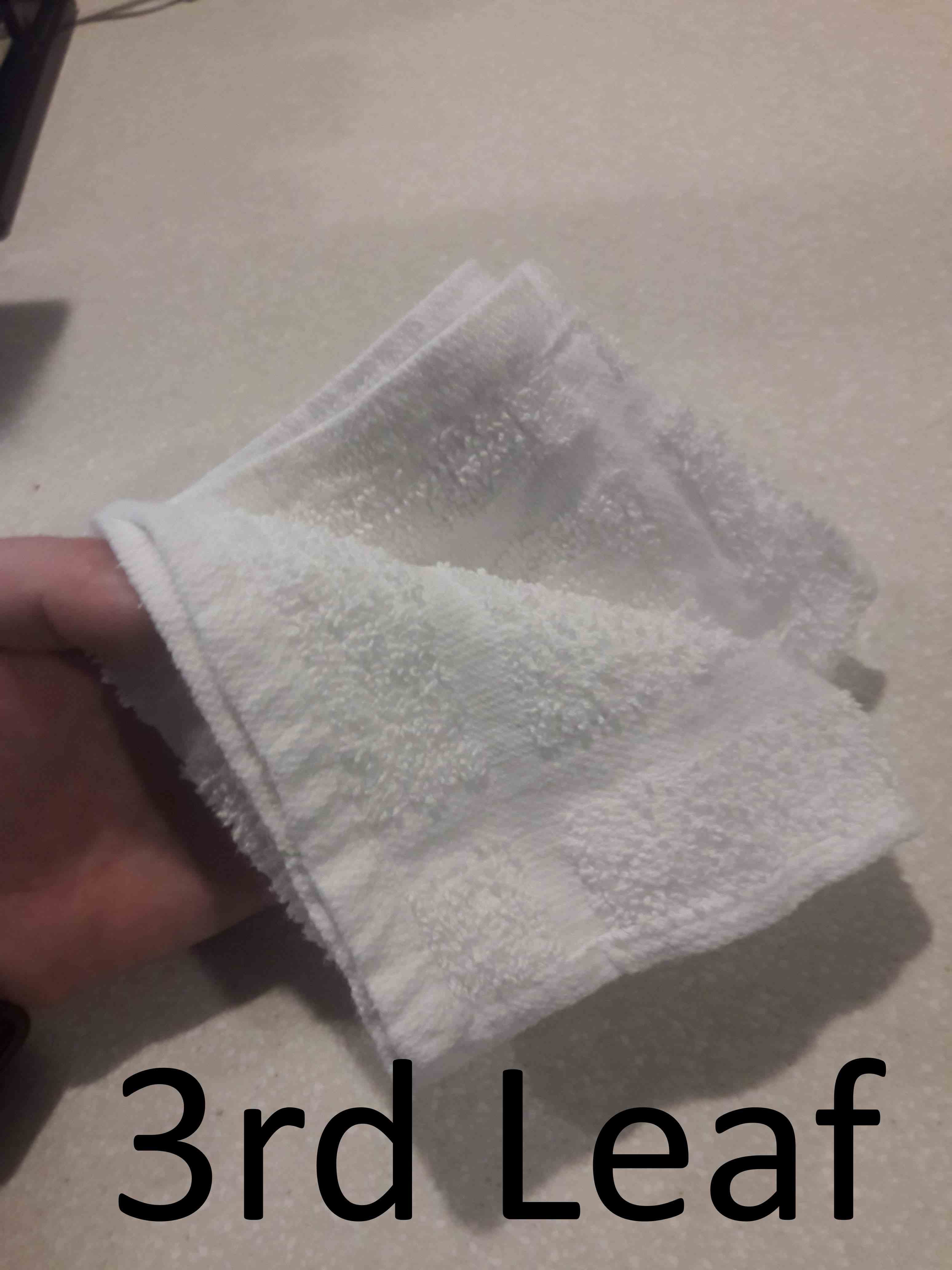

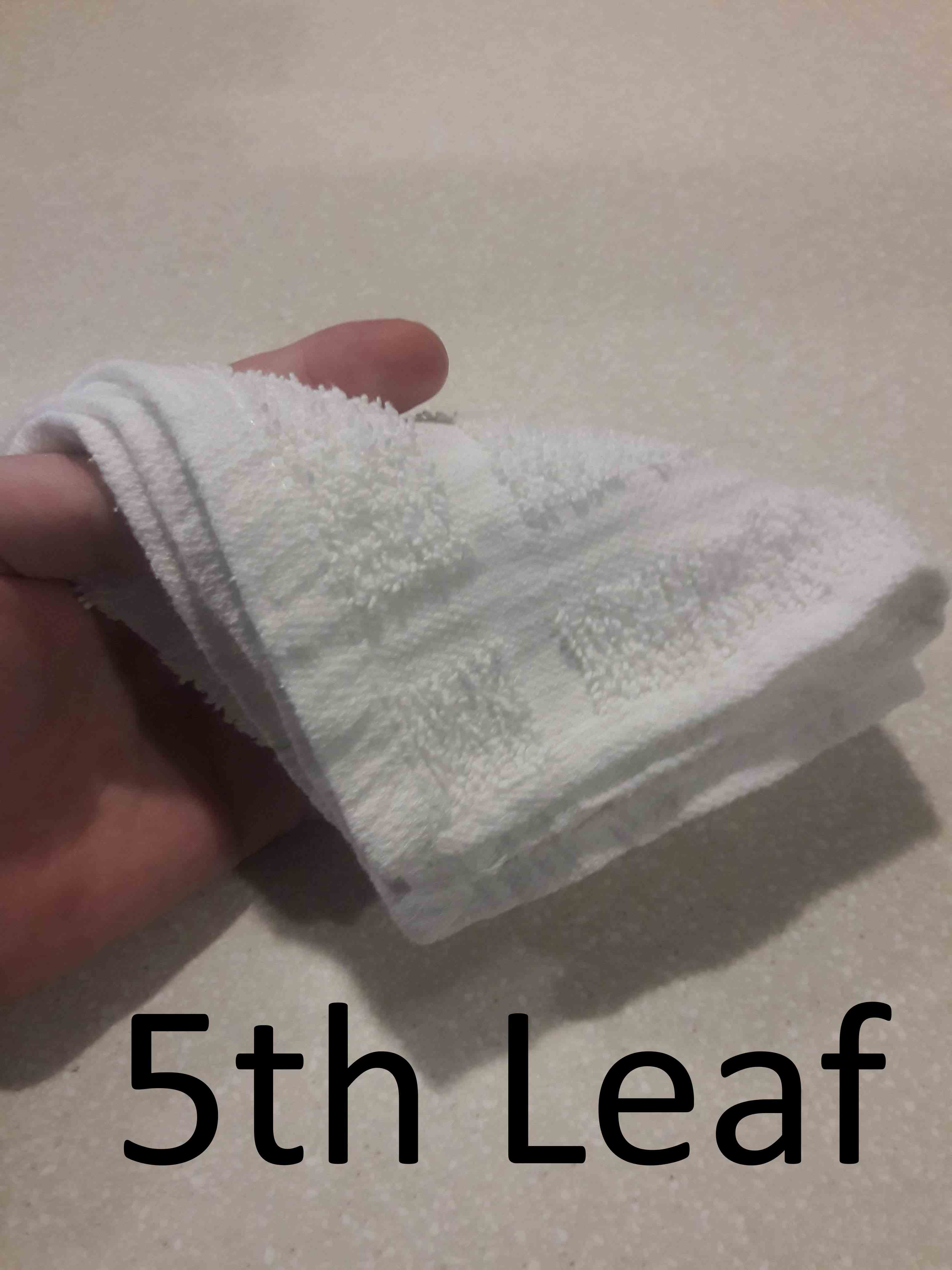
Female Frontal Area
For females, first separate the labia. The easiest way to do this is to use your index finger and your thumb. Pinch them together and then place them inside the flaps. Then spread your fingers apart which will in turn expose the inside of the genitals.
Then wipe downwards towards the anus on both sides. Then wipe down on the outside around the groin area. Always wipe downwards and make sure to get in between all of the cracks and crevasses. Pat dry if you are using washrags.
Male Frontal Area
For males, wipe the head of the penis and work your way down the shaft to the scrotum. If the patient isn't circumcised, make sure you push back the foreskin and wipe the inside as well. This area can very easily have lots of bacteria.
Make sure you wipe the entire scrotum, lift it up with the back of your hand. Never cup the scrotum with your palm. Then wipe underneath towards the anus as well. Make sure you wipe downwards and get in between every crack and crevasse. Pat dry if you are using washrags.
Rarely if ever, the patient may get an erection during this process. If this happens, do not be alarmed. It is not the patient's fault and means absolutely nothing. For your dignity as well as the patient's, don't even acknowledge that it happened, not even jokingly.
Catheter Care
If the patient has a foley catheter for when they urinate, wipe around it as well. You should wipe the tubing starting at where it enters the bladder and down the tubing at least four inches. Never tug at the foley, not even slightly. Not only will this cause them unnecessary pain, it can also physically damage them.
Anal Area
This part of perineal care is the same for male and female patients. Turn them on their side and wipe their bottom and around their anus. For larger patients, you may have to lift their bottom in order to get the entire anal area.
Even if the patient hasn't had a bowel movement, there can still be a little bit of stool from gas. keep wiping until you don't see any stool on the wipe or washrag. Of course, always pat dry if you are using washrags.
Male Caregivers
Because I am a male caregiver, many female patients do not like the idea of me giving them perineal care. If this is the case for you, you should do your best to find somebody else to give this care.
Do not be offended by this. It isn't anything personal, some people just feel more comfortable around the same gender. You should always respect your patient's wishes and not do anything that makes them uncomfortable.
Regardless of gender, never force perineal care on anyone no matter how badly they need cleaning. This is considered battery and is a a major legal offence. If they don't want your assistance, even after you've explained to them why they need it, see if they will react differently to someone else or try a different approach.
Pin this Information!
Medical References for Caregivers
From How to Give Perineal Care to Home
Recent Articles
-
Common Truck Crash Injuries and Legal Remedies - Caregiverology
Jul 19, 25 10:49 AM
Known for its sun-drenched beaches, vibrant arts scene, and bustling maritime industry, Fort Lauderdale is a city that sees heavy traffic both on its roads and at its busy port. Unfortunately, with th… -
Why Expert Legal Help Matters After Serious Injury - Caregiverology
Jul 19, 25 10:35 AM
In Houston, over 67,600 car crashes occurred in 2023, resulting in 290 fatalities and 1,612 serious injuries. That’s roughly 185 accidents every day. -
How Life Care Planners Support Injury Recovery - Caregiverology
Jul 19, 25 10:18 AM
In Los Angeles, life care planners play a vital role in supporting injury recovery, especially for individuals facing catastrophic injuries such as traumatic brain injuries or spinal cord damage.


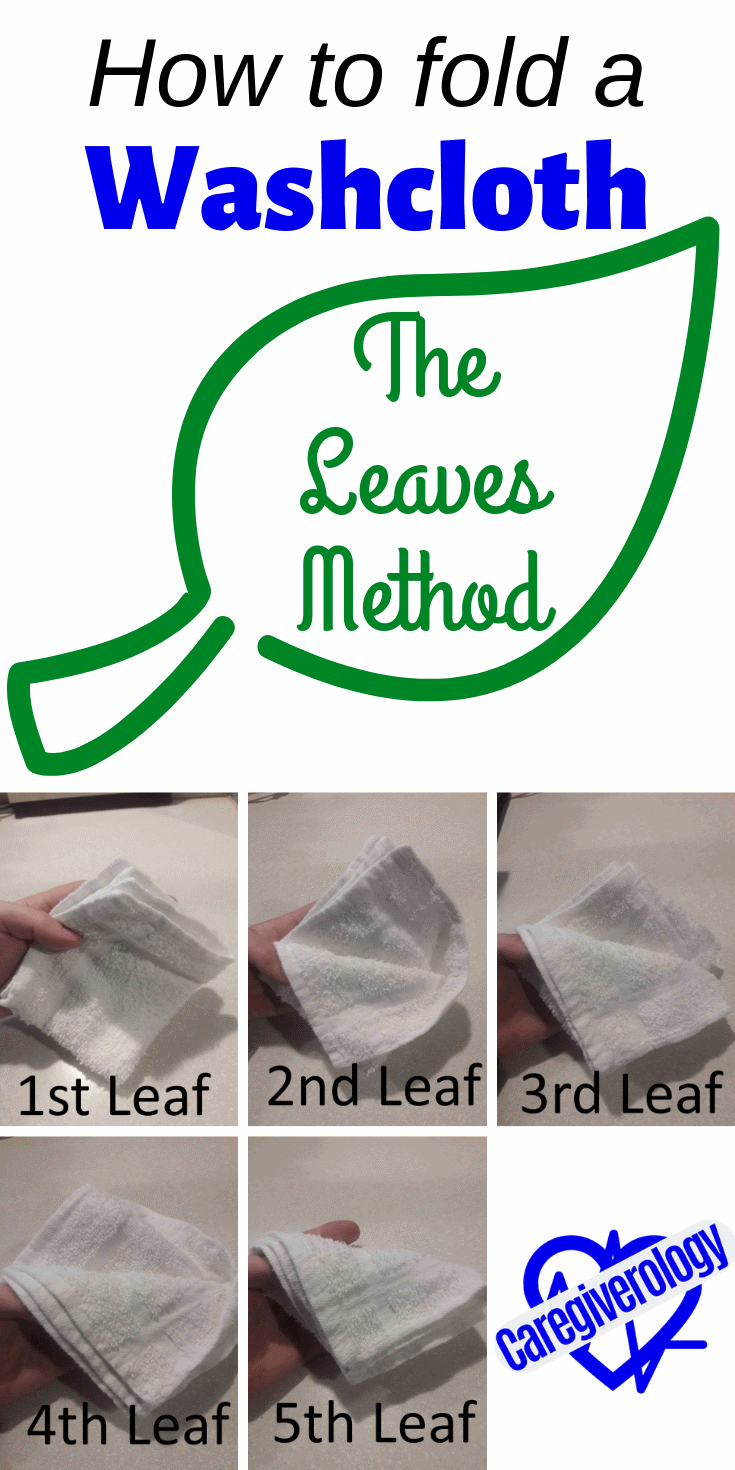



New! Comments
Have something to say about what you just read? Leave a comment in the box below.